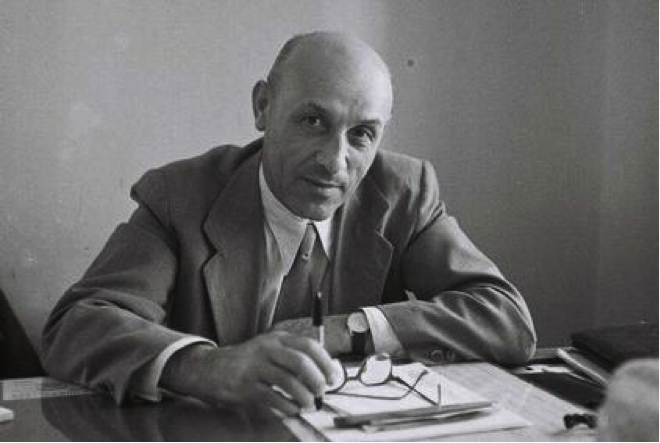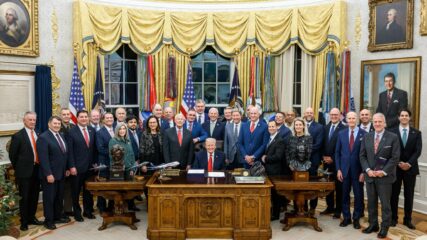May 7, 1953
Created in 1920 to serve as a as a neutral, independent trade union representing all Jewish workers in Palestine, by 1953 the Histadrut had grown to 503,000 members, representing approximately 75% of the country’s workers.
One of the central reasons that the Histadrut was created was to promote the philosophy of kibbush avodah, conquest through labor. According to David Ben-Gurion, kibbush avodah was “the single most important element in preparing the way for a Jewish State.” Rather than hiring Arab or other workers, kibbush avodah meant that the Jewish settlers themselves handled all aspects of developing and cultivating the land and creating an economy.
Following the establishment of the State of Israel in 1948, the Histadrut expanded rapidly as the country absorbed many new immigrants. The Histadrut played a key role in absorbing these immigrants into the economic life of the nation. One of the Histadrut’s original functions had been to protect Jewish labor from competition with cheaper Arab labor. However, by 1953 there were 185,000 Arab citizens of the State of Israel. This reality necessitated a change in the policy that excluded Arabs from the Histadrut, despite the fact that Israel’s Arab minority was under a special military administration that would last until 1966.
After the policy is changed, an editorial in the Jerusalem Post will hail the decision as “an important step along the road towards the integration of the Arabs into the life of the nation…for it immediately joins the great bulk of the Arab population with the overwhelming mass of the Jewish population in the struggle for a better way of life and higher standards of living” (Jerusalem Post, May 12, 1953.)
The photo shows Mordechai Namir (1897-1975), who was General Secretary of the Histadrut in 1953. Namir believed in Arab-Jewish labor solidarity to help grow the economy of the young nation.








